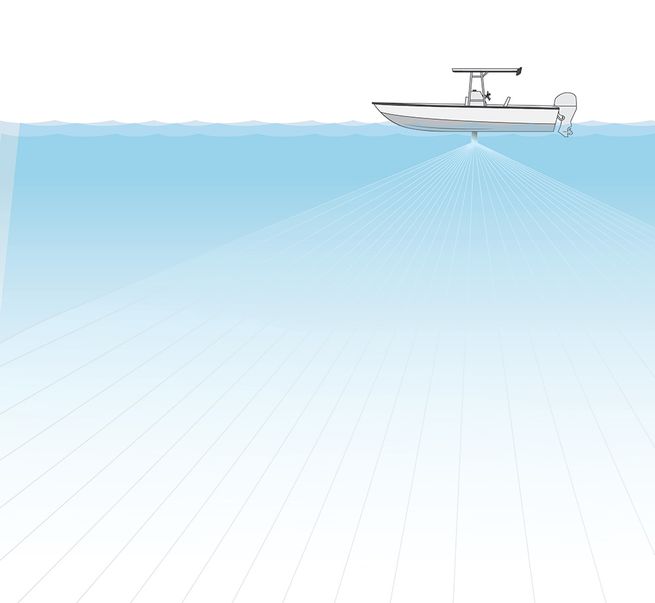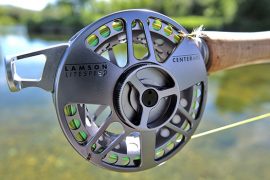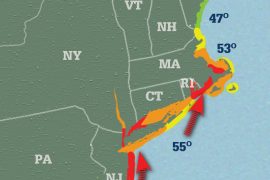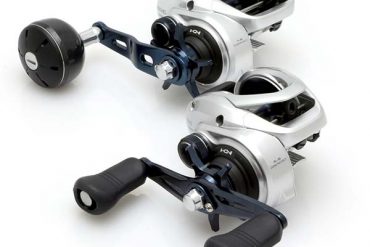
Capt. Jeff Jones knows scanning sonar inside and out. Not only has he used these systems for more than 30 years to find fish, but he has also installed them — most recently aboard the 36-foot Fresh One that he regularly skippers off Southern California.
Soon after completing the intricate installation of the Furuno CH-270 scanning sonar on said boat, Jones put the system to good advantage, finding a school of white seabass under a kelp bed at San Clemente Island. Having spied them at a distance of more than 50 yards, Jones set anchor outside the kelp and scored 10 of the prize croakers.
This is just one example of how scanning sonar benefits boating anglers when fishing relatively shallow inshore waters. Born in commercial applications and costing far more than most fish finders, these sonar systems also work exceedingly well when looking for bluewater fish such as marlin, sailfish and tuna.
True Sonar
The word sonar is bandied about loosely today in describing various fish finders that transmit vertically and sideways. Yet only true sonar can search horizontally in a full circle, creating a display image that’s much like that of radar. For this reason, it is often called scanning or all-around sonar.
The transducers also differ significantly in size and configuration from those used for fish finders. Residing in tubes as large as 8 inches in diameter, the sonar transducer assembly deploys from within a sea chest and protrudes well below the hull when in use, then retracts when the boat is running at higher speeds. Installations are complex and expensive.
In some systems, the transducer mechanically rotates as it transmits. With more-advanced and even pricier scanning systems (what Furuno calls omni sonar) such as the Furuno CSH-8L Mark 2, the transducer is stationary, but it’s equipped with an array of 420 elements that transmit electronically, resulting in a sonar image that’s updated in real time.
Motion sensors on all of Furuno scanning-sonar systems compensate for the rocking of the boat in rough seas and keep the sonar beam angle aimed as level as possible, helping to ensure that the sonar signal does not oscillate.

Sonar Advantage
Such sonar should not be confused with side-scanning systems such as the Furuno DFF-3D, Garmin SideVü, Humminbird Mega Imaging, Raymarine SideVision or Simrad StructureScan HD. With these, a beam sweeps vertically side to side.
Scanning sonar’s horizontal sweep offers the ability to search well beyond what is to the side or under the boat. You can look 360 degrees around the boat and as far out as 6,000 feet with some systems, but you can also limit the search to a designated sector such as 120 degrees in front of the boat.
Jones says that scanning sonar gives him a huge advantage in finding fish in a wide range of situations.






